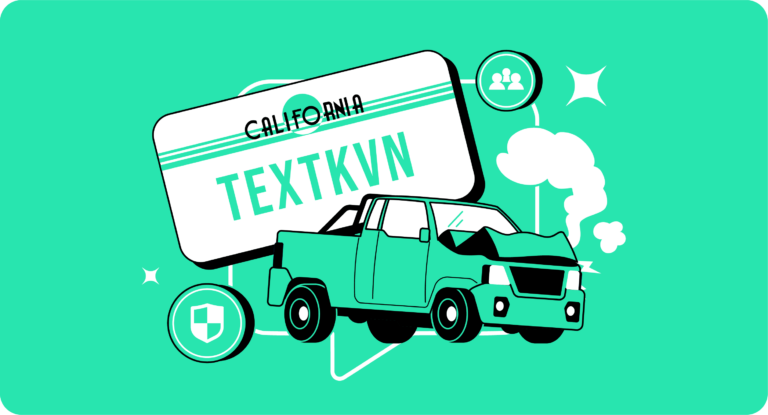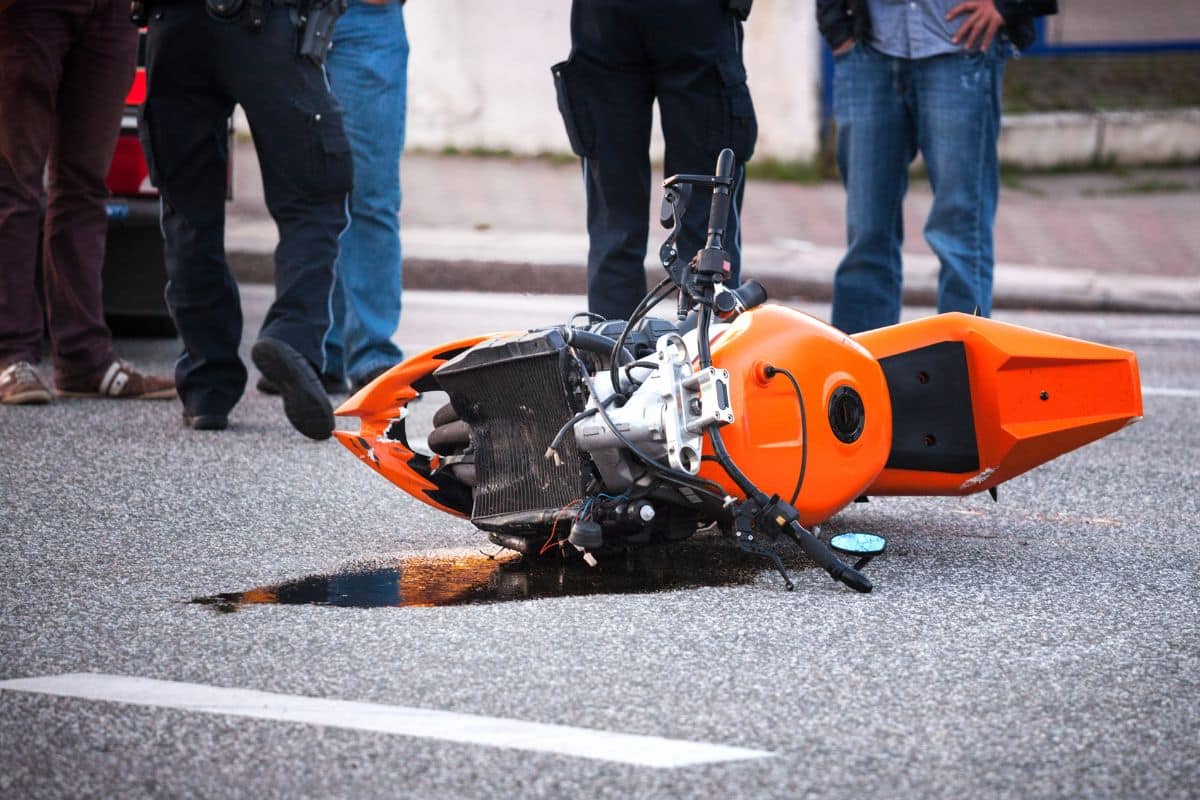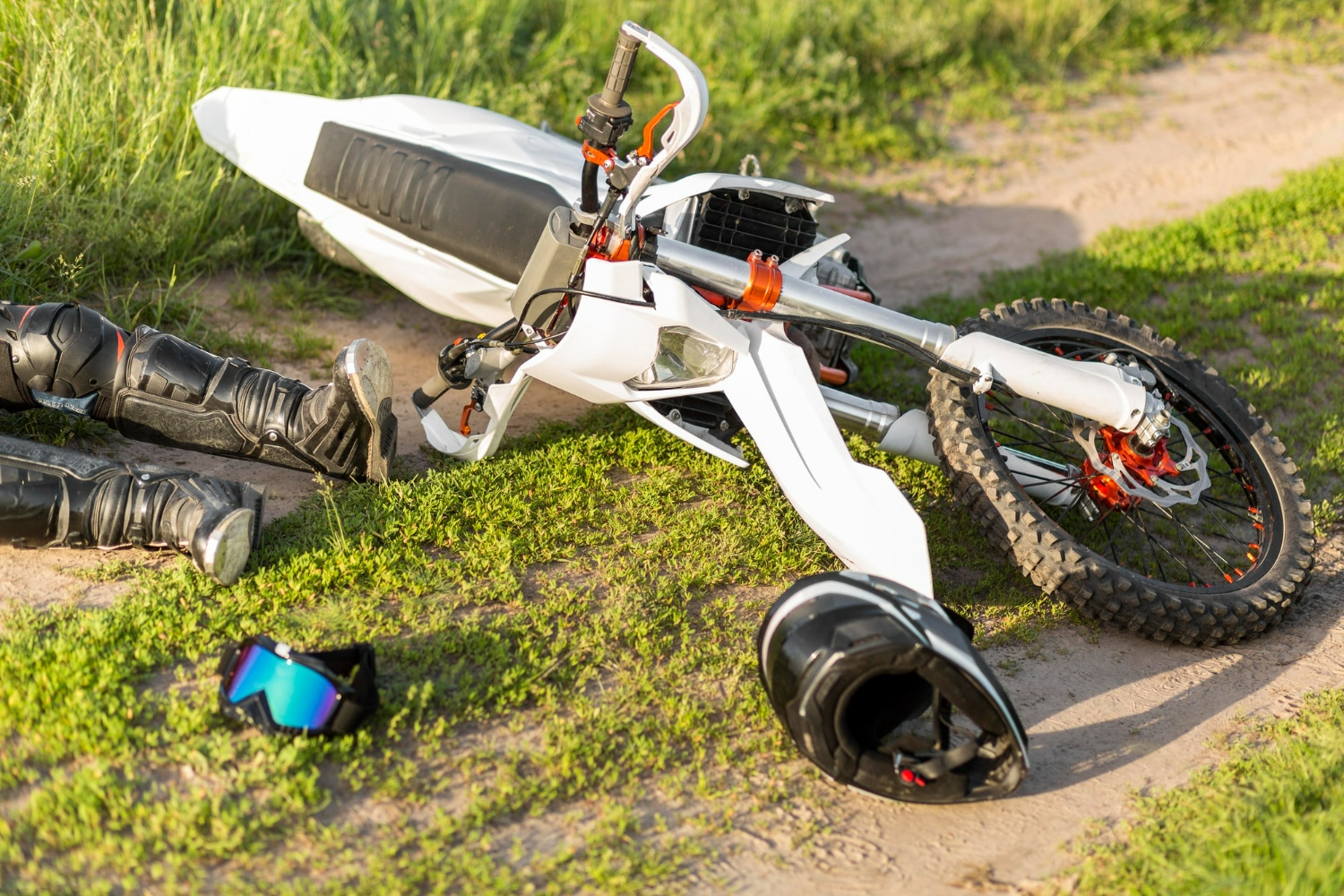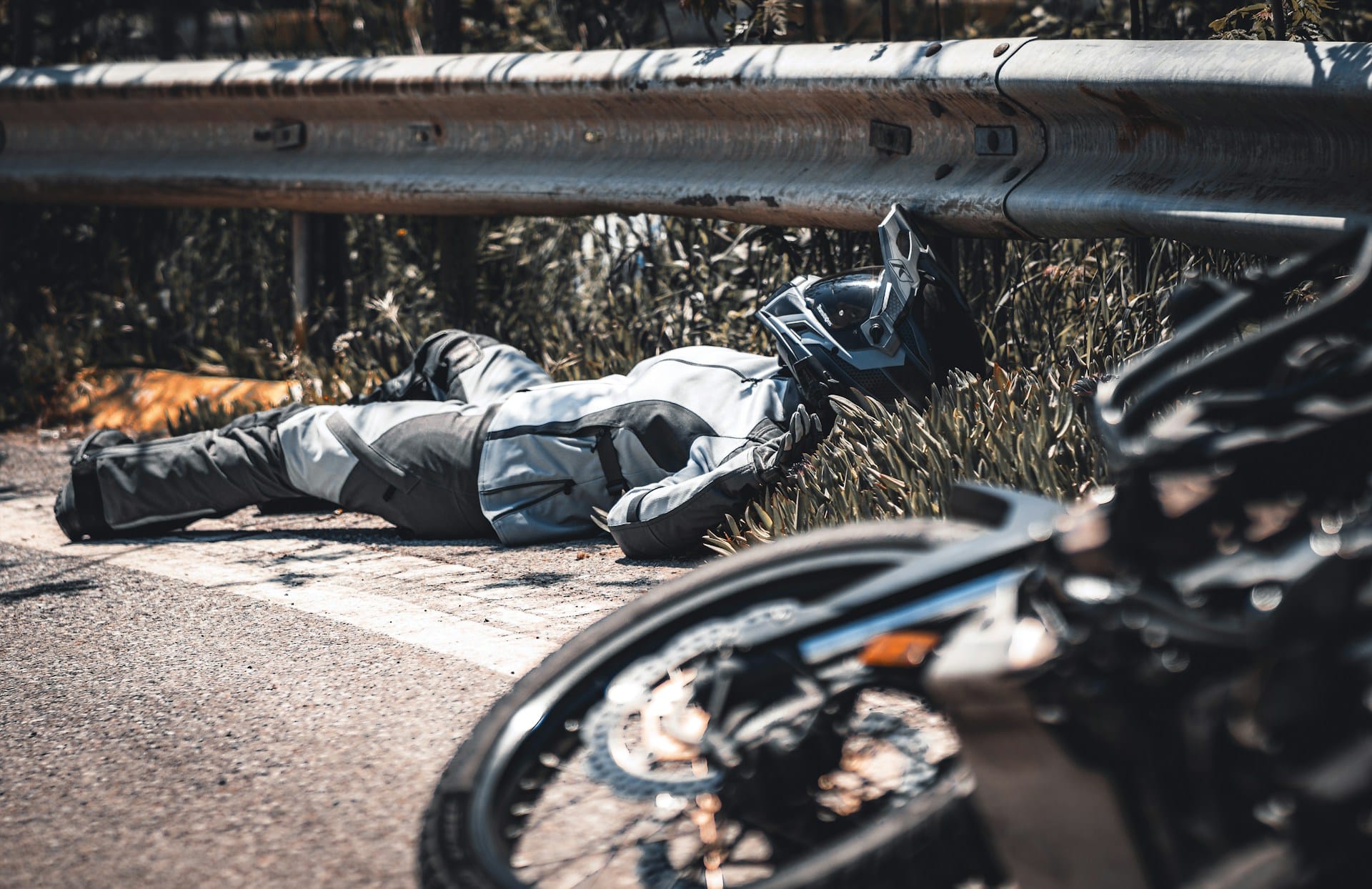Last month, a California Highway Patrol officer witnessed a motorcyclist safely splitting lanes along the I-10 during rush hour traffic. Approaching slowed vehicles between lanes at no more than 10 mph faster than traffic flow, the rider seamlessly merged back before reaching the patrol vehicle.
This scene highlights responsible lane splitting in action – a practice only legally allowed in California. Since lanesplitting’s formal legalization in the state back in 2016, guidelines have continued to evolve to maximize rider safety. This includes a focus on obeying prudent speed limitations when passing between lanes.
This article provides an overview of California’s lane splitting laws, examining the latest CHP guidelines and regulations around speed restrictions while splitting lanes. We’ll look at how following recommended speed differentials helps riders safely navigate congested traffic while minimizing risks.
Lane Splitting Basics
Lane splitting, also known as lane sharing, involves motorcyclists navigating between lanes of slow or halted traffic. While this maneuver is legally permitted only in California, it’s crucial to understand its specifics and safety implications.
A 2021 UC Berkeley study analyzing millions of motorcycle accidents determined that lane splitting can reduce rear-end collisions when conducted at safe speeds. As California refines its regulations, it emphasizes speed limits to promote responsible lane splitting, backed by recent data and CHP guidelines.
California’s Lane Splitting Law and Speed Limits
California formally codified its lane splitting guidelines in 2016, helping to provide definitive regulations around the practice for the first time. With safety as the priority, subsequent revisions have further honed the rules around speed limits for motorcyclists sharing lanes.
How California’s 2016 Law Set Formal Speed Limits
The state’s initial 2016 lane splitting law established the first formal speed restrictions for motorcyclists passing vehicles by riding between lanes. This law legalized lane splitting and set a maximum speed threshold of 50 mph for the practice. It also prohibited riders from exceeding speed deltas of 15 mph when traffic was moving faster than 30 mph, and 10 mph when traffic was at 30 mph or less.
2022 Revisions Focus on Safe Speed Differentials
In revised 2022 guidelines, the California Highway Patrol updated speed limits again with a continued focus on prudent speed differentials versus surrounding traffic. The maximum speed threshold remains 50 mph for lane splitting. However, the differential dropped to 10 mph when traffic flows above 30 mph, and 5 mph when traffic is moving at 30 mph or less.
Why Speed Limits Matter for Safety
These evolving speed limitations aim to optimize rider safety. By restricting motorcyclists’ speed deltas versus regular traffic, sudden movements and collisions are minimized. Exceeding the limits by too much reduces reaction times and puts bikers and drivers at greater risk.
Ongoing Data Shows Importance of Speed Compliance
Additional data continues to demonstrate the importance of conscientious speed limit compliance. A 2022 study by the OTS and CHP reviewed lane splitting-related crashes when speed differentials were under and over 15 mph. Findings showed significantly higher injuries and fatalities when speed deltas exceeded 15 mph. Continued research will inform future speed guideline adjustments.
Riding Responsibly
As California continues updating its lane splitting laws, motorcyclists have an important responsibility to ride safely and follow the newest guidelines. This ensures the practice integrates smoothly and reduces risks for everyone on the road.
Adhering to the Latest Speed Limits and Traffic Laws
First and foremost, the duty falls on riders to obey all current speed restrictions and regulations around lane splitting. The specific speed differential limits have changed over time, with the latest guidelines from the California Highway Patrol lowering some thresholds to optimize safety. For example, the differential dropped to 10 mph when traffic flows above 30 mph, and 5 mph when traffic is moving at 30 mph or less. Exceeding these differential limits diminishes safety margins and reaction times for motorcyclists and other drivers. By sticking to the prescribed speed deltas versus surrounding flow, bikers show respect for the evolving laws guiding responsible lane sharing.
Consulting Updated Motorcycle Safety Training Resources
To put the newest laws into practice, motorcyclists should leverage resources like the California Motorcyclist Safety Program’s recently refreshed curriculum. The comprehensive 2022 CMSP course materials highlight current best practices for maintaining safe space cushions, continuously scanning for hazards, wearing proper protective gear and more. Classes provide hands-on coaching in controlled environments with certified instructors as well. Riders should study the latest CMSP training materials in detail and consider enrolling in their beginner or refresher courses.
An Expert Rider Demonstrates Legal, Responsible Techniques
In a 2022 MRidingTV episode, host James Litton showcased responsible lane splitting on the highway. Navigating dense traffic slightly faster than its flow, he meticulously monitored his surroundings and maintained extended safe distances, embodying safe speed adjustments for the given conditions.
Visibility and Safety Improvements
When done responsibly following current state guidelines, lane splitting enhances motorcyclist visibility and safety. By adhering to evolving road rules, both riders and drivers can harmoniously and safely utilize this distinct Californian provision.
FAQs
What is the maximum speed for lane splitting in California?
The maximum speed is 50 mph when lane splitting in California.
Does California have specific lane splitting speed limits?
Yes, California law sets speed limits of no more than 10 mph faster than surrounding traffic when it is flowing at 30 mph or less, and no more than 15 mph faster if traffic is over 30 mph.
When was lane splitting made legal in California?
Lane splitting was formally legalized in California in 2016.
Why are there speed limits for splitting lanes in California?
Speed limits help ensure safety and reasonable speed differentials between motorcyclists and other traffic when lane splitting.
What organization oversees California’s lane splitting laws?
The California Highway Patrol (CHP) establishes statewide guidelines around lane splitting.
How frequently are lane splitting laws updated?
California’s guidelines get updated as needed based on new data – most recently revised in 2022.
Where in California is lane splitting prohibited?
Lane splitting is not permitted on roads with speed limits above 50 mph.
Is lane splitting safer than riding in one lane?
Studies show prudent lane splitting reduces rear-end collisions versus remaining in one lane.
Do other states allow lane splitting?
No, California remains the only state that explicitly permits lane splitting.
How can riders stay updated on California’s lane splitting laws?
Check the California DMV and CHP websites regularly for the latest state guidelines.
Understanding California’s Lane Splitting Laws: Seek Expert Legal Guidance
It’s important for motorcyclists to understand that navigating California’s intricate, evolving lane splitting laws can be complex. As regulations evolve based on fresh insights, it’s wise to seek guidance from transportation law specialists to guarantee adherence.
Don’t try maneuvering the state’s intricate lane splitting rules alone. Crockett Law Group is here to provide guidance on the most current laws, speed limits, and best practices.
Contact personal injury attorney Kevin Crockett at (800) 900-9393 or via our secure online form for a free consultation to get the latest insights on California’s lane splitting guidelines.
Your knowledge helps optimize safety for all.










